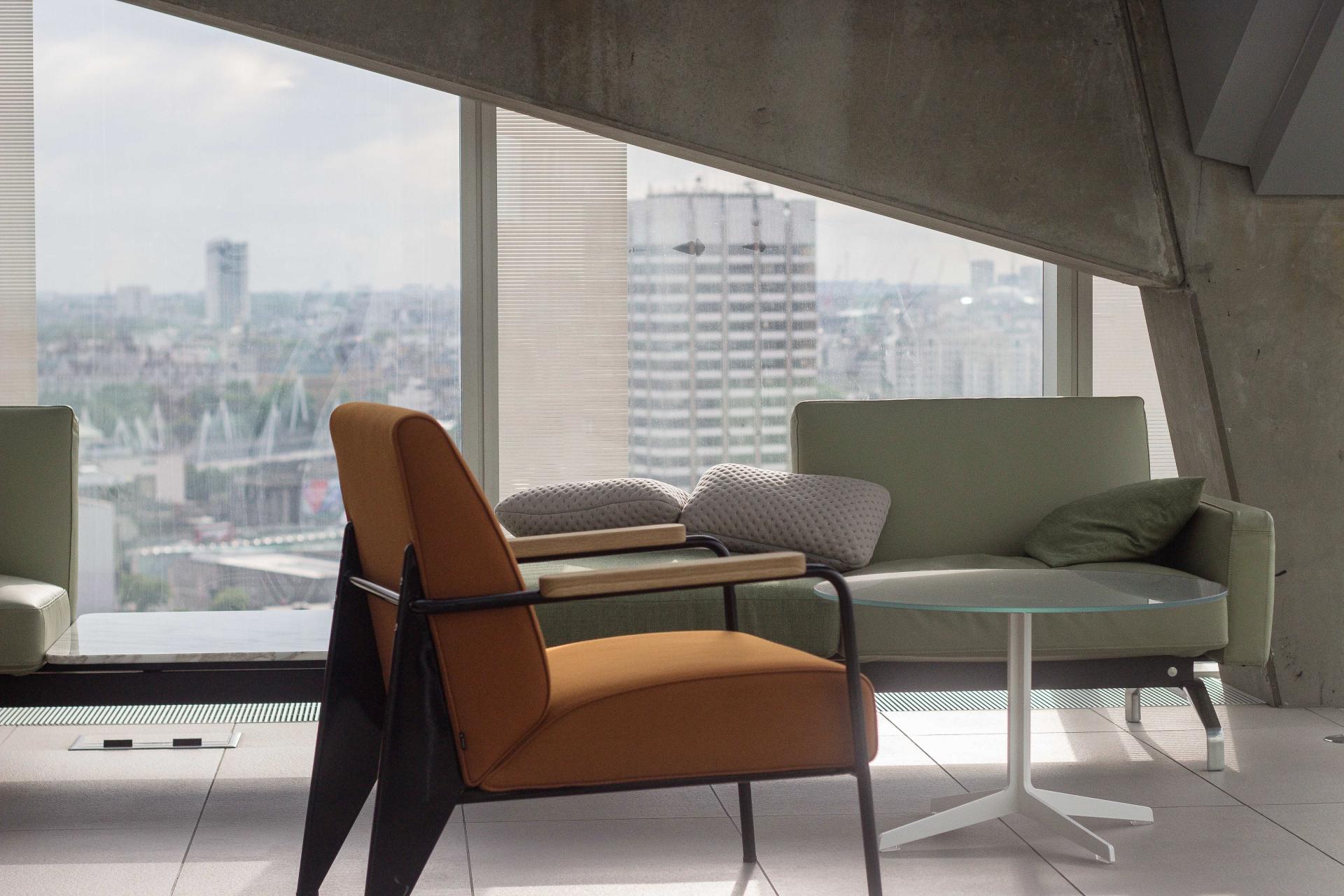URA Leasing Guidelines for Leasing Private Homes
As a landlord leasing out your private property, you do not want to run afoul of the Urban Redevelopment Authority (URA) guidelines and rules that govern rental transactions of private homes. To save you ending up in unnecessary trouble, here’s a heads-up on some issues you need to be aware of.
Short-term leases
Short-term leases are generally disallowed in private properties. Under URA’s guidelines, condominium units and landed houses, or rooms within such premises, are not allowed to be rented out on a daily, weekly, or monthly basis as such short-term occupancy could cause inconvenience to other residents.
What if you aspire to be an Airbnb landlord? While currently not permissible, URA is exploring ways to allow Airbnb-style short-term stays in private homes under a new proposed regulatory framework. Read: Airbnb Short-term Rentals could be allowed in Singapore. Do keep an eye on future developments as this could become a potential source of tenants and additional revenue stream for you.
Minimum stay duration
From 30 June 2017, the Urban Redevelopment Authority (URA) has lowered the minimum stay duration for private homes to 3 months. Read: URA Revises Minimum Stay Duration to 3 Months. In light of this, some landlords have started to offer short-term leases of 3 to 6 months to take advantage of the pent-up demand for leases under a year.
Occupancy Cap
To prevent overcrowding, URA allows a maximum of 6 occupants in a unit. This cap includes the owner if he is residing in the premises.
Internal Partitioning
URA does not allow any internal partitioning works that alter the layout of the property to create more rooms.

